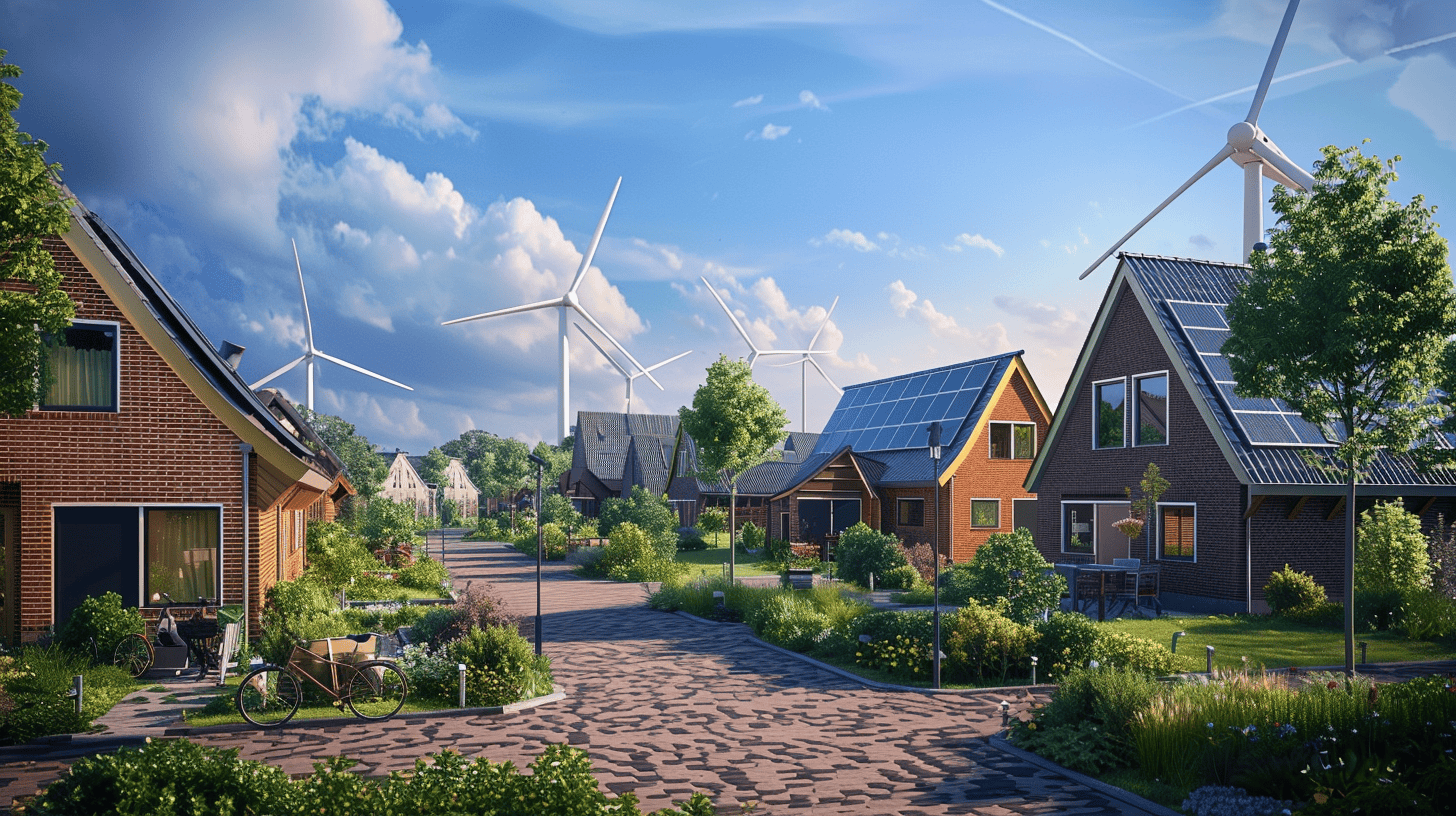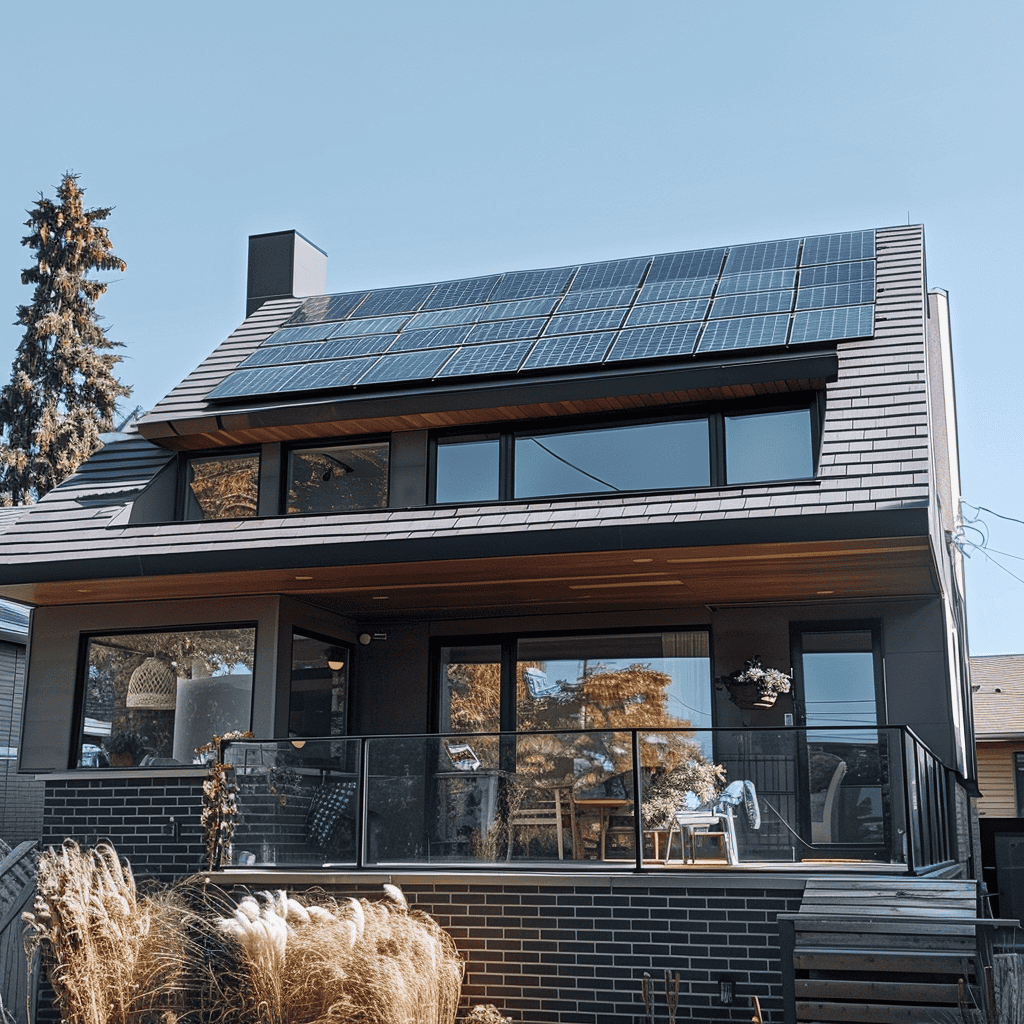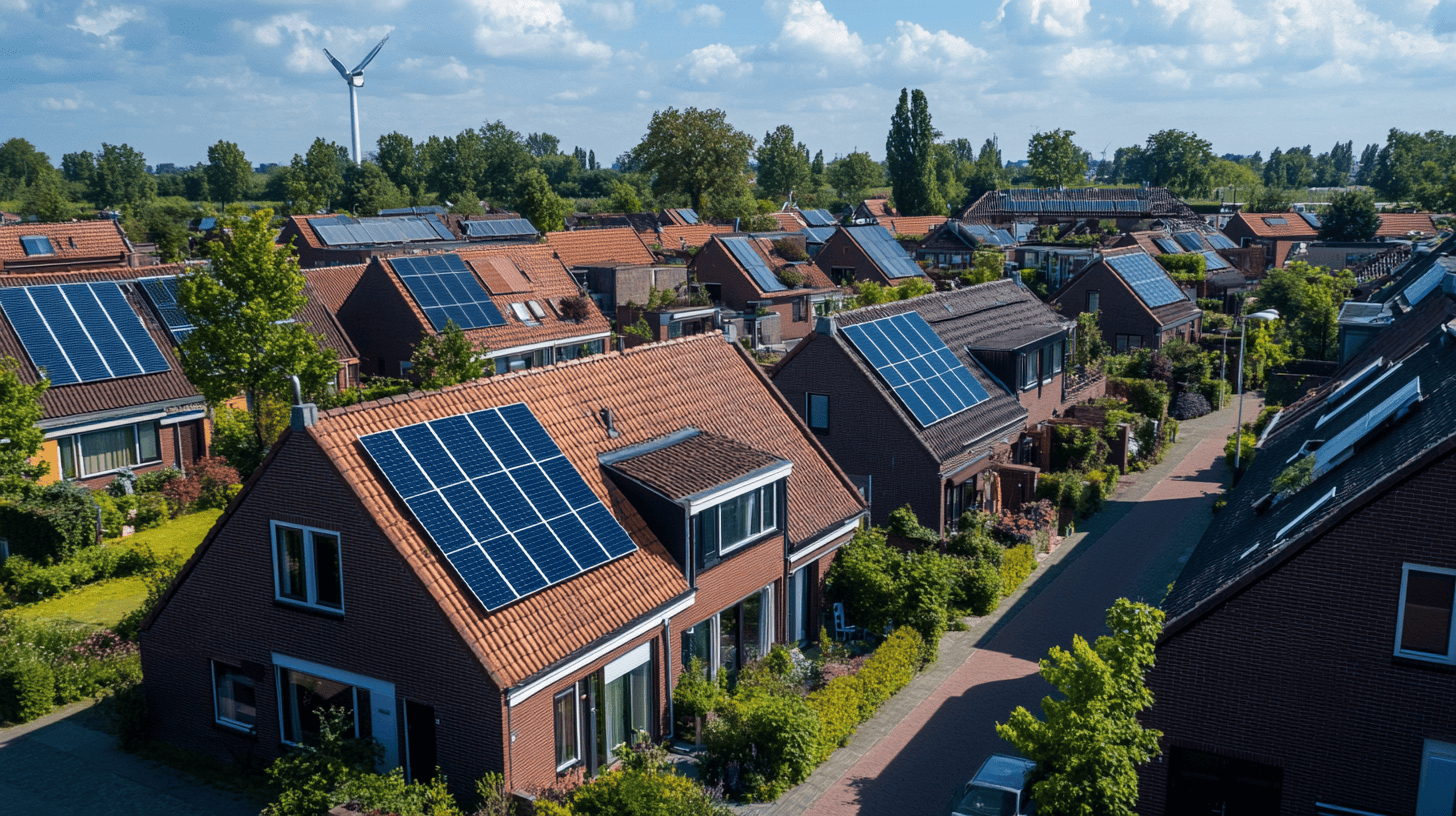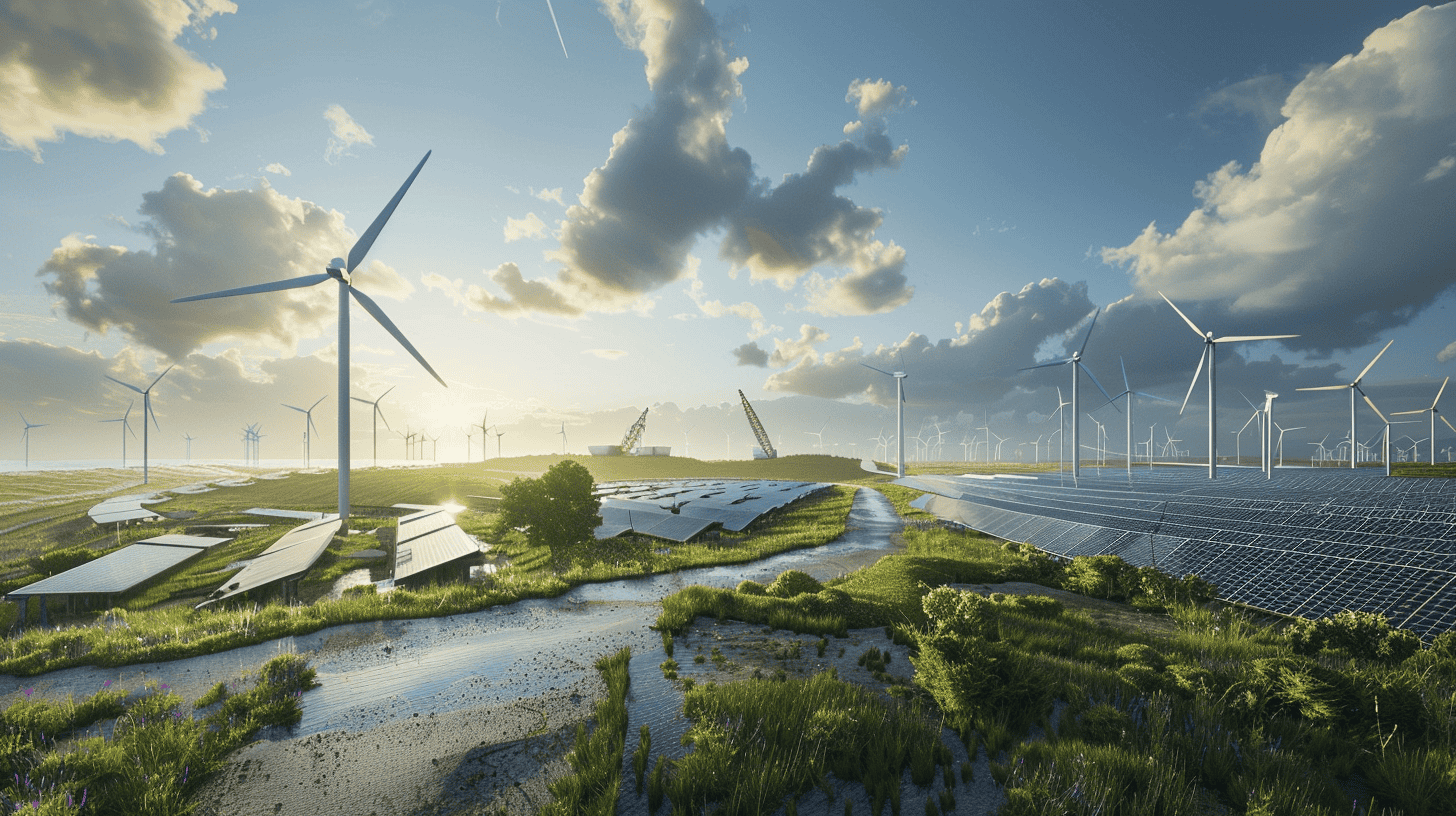
In a bold move towards energy independence, 16 municipalities, the province, and the water board of Friesland, Netherlands, have launched their own regional energy market. Adopting ENTRNCE’s self-supply concept, these local governments are now generating and exchanging renewable energy among themselves.
This approach, implemented through the Coöperatie Openbare Verlichting & Energie Fryslân (OVEF), aims to reduce dependence on international energy markets and promote autonomous energy production and consumption. OVEF’s members own and operate a variety of renewable energy installations, including solar parks, rooftop solar panels, wind turbines, and heat and power plants. These installations produce more energy than the Frisian municipalities consume, ensuring self-sufficiency and reducing reliance on the international energy market. By using locally generated energy, the region can mitigate the impact of global energy price fluctuations and enhance energy security.
The role of ENTRNCE
ENTRNCE, a subsidiary of grid operator Alliander, plays a crucial role in this innovative energy model. The ENTRNCE Trader platform enables energy transactions between municipalities. This platform allows local energy procurement and reduces reliance on the wholesale market. According to Stefan Koppers, director of ENTRNCE, exchanging renewable energy locally relieves the burden on the grid infrastructure, making the energy system more efficient and resilient.
ENTRNCE’s dedication to promoting locally generated sustainable electricity is evident through their software platform, the Trader. This platform not only facilitates energy transactions but also provides Frisian municiplaites with access to the energy market, enabling them to procure energy locally. By doing so, the region can reduce its dependence on the wholesale market and strengthen its local and regional infrastructure.

Optimizing energy use
OVEF’s strategy includes optimizing the principle of simultaneity in energy consumption. This means aligning energy generation with consumption as closely as possible. However, achieving perfect simultaneity is challenging. To address this, OVEF is exploring future steps, such as shifting part of the energy demand and investing in new generation sources with complementary generation profiles. Additionally, the implementation of storage capacity in the form of batteries could further optimize the use of locally generated energy.
A model for other provinces
Jan Haakma, director of OVEF, believes that this initiative should serve as an example for other Dutch provinces. By showcasing what is possible when local governments collaborate on energy projects, OVEF aims to inspire other regions to adopt similar models. This project demonstrates that regional self-sufficiency in energy production and consumption is achievable and can significantly contribute to the broader energy transition.
The success of Friesland’s regional energy market could pave the way for other regions to follow suit. By leveraging local renewable energy sources and reducing dependence on international markets, regions can enhance their energy security, reduce CO2 emissions, and contribute to the global fight against climate change. The Frisian municipalities’ bold move towards energy independence is a promising step in this direction.







